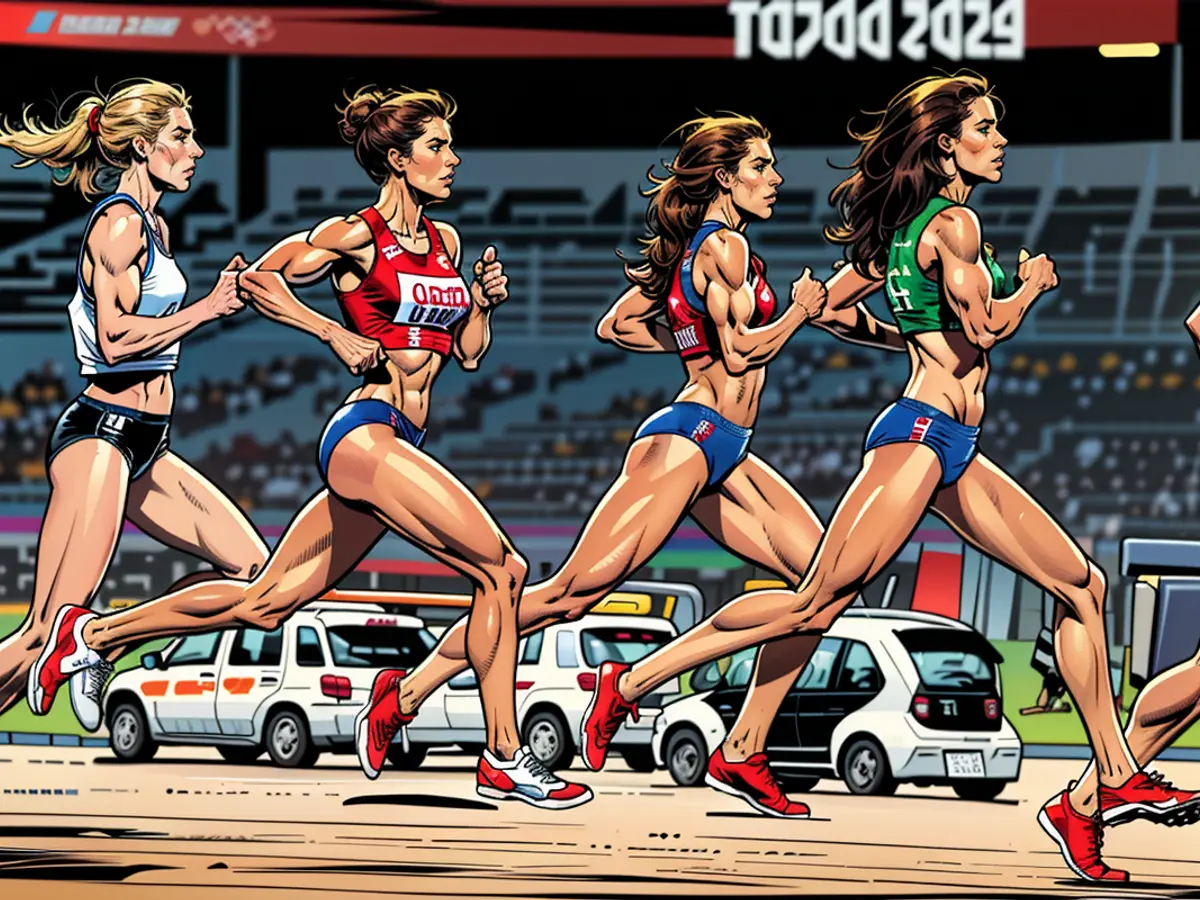Dress Codes: How high is too high? The evolution of the women’s running brief
But how high of a cut is too high? That question surfaced — loudly — when Nike revealed its mens and womens kits for the 2024 Paris Olympic Games at an event this past April, and one image of two mannequins side by side went viral. On the left, the men’s uniform featured a tank and mid-length shorts combination; on the right, a women’s leotard seemed to rise to dangerous heights, with a narrow crotch and the mannequin’s plastic pubic bones visible.
“Professional athletes should be able to compete without dedicating brain space to constant pube vigilance or the mental gymnastics of having every vulnerable piece of your body on display,” former US track and field athlete Lauren Fleshman wrote in response in an Instagram post, citing “patriarchal forces” as the reason for the women’s kit design.
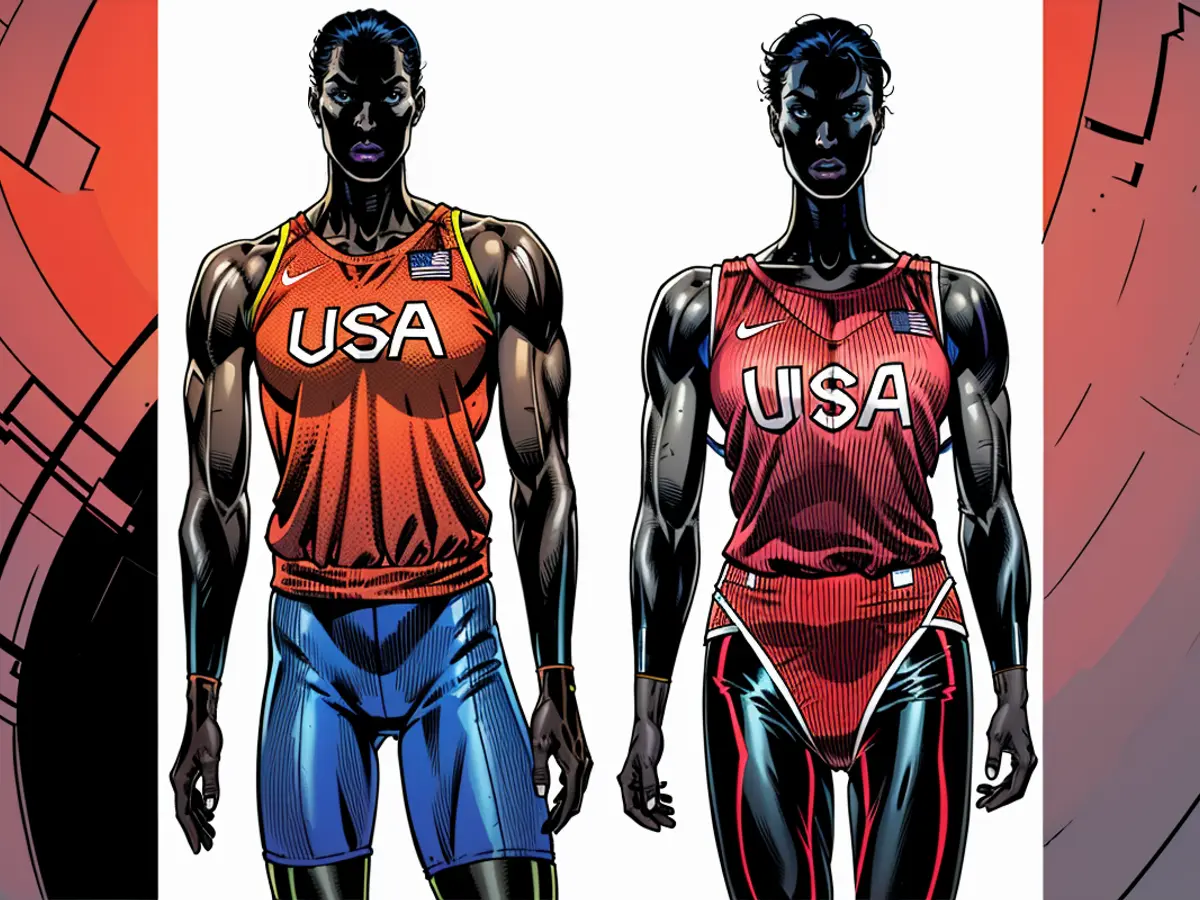
Other athletes chimed in, from American long-jumper Tara Davis-Woodhall, who said her “hoo ha was going to be out” at the Paris games, to pole vaulter Katie Moon, who shared a picture of herself in the kit on social media and wrote that she thought it was more an issue with the mannequin.
In a statement shared with CNN in April, Nike emphasized that the leotard was just one of 50 total pieces in the collection — and, in fact, sprinter Sha’Carri Richardson had modeled a singlet with shorts at the event — and that tailoring would be available as needed. The collection’s press release described a process of consulting with athletes to meet their needs, which a spokesperson from USA Track and Field (USATF) acknowledged as accurate.
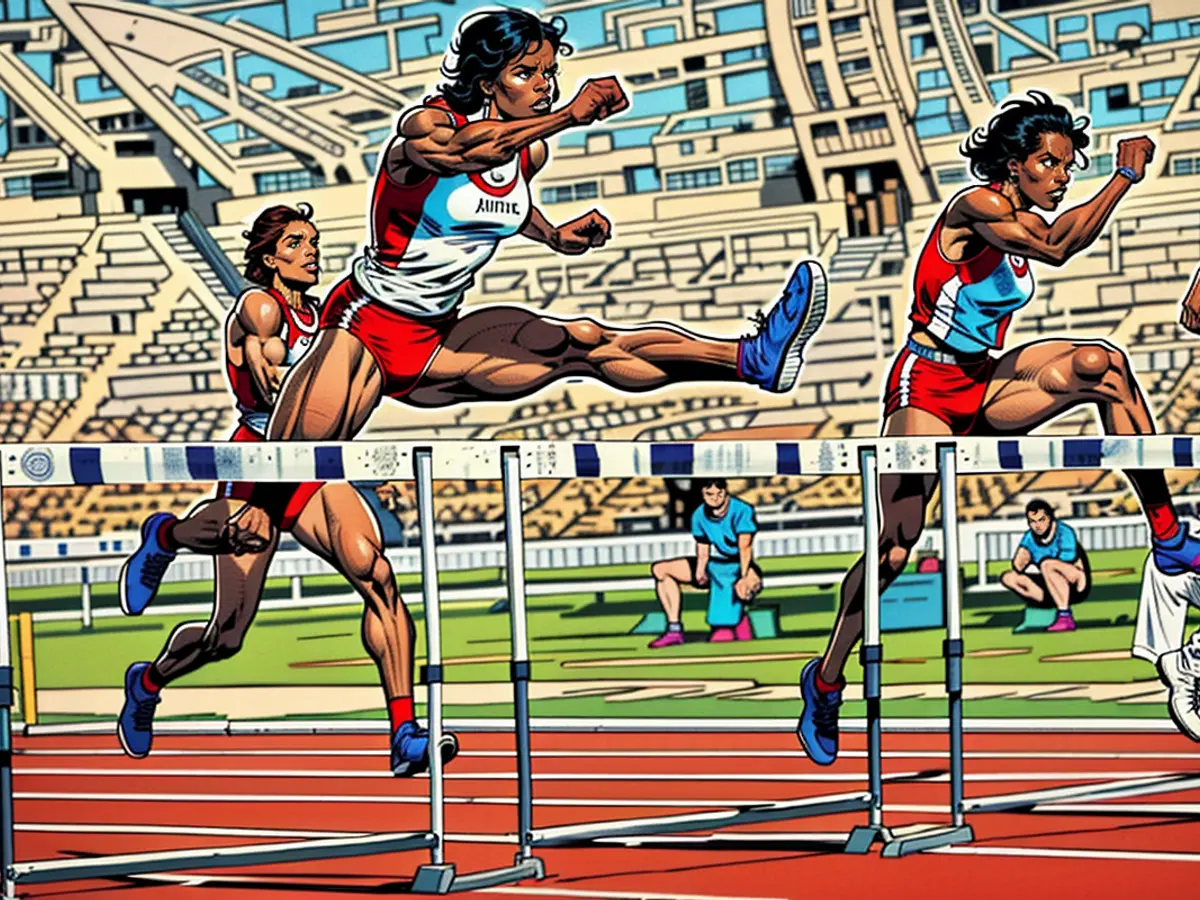
Still, some might be watching out for the contentious pieces as athletes compete over the weekend. The controversy follows a headline-making protest at the 2020 Tokyo Games, when the German women’s gymnastics team rejected bikini-cut unitards in favor of fuller coverage, in a statement against “sexualization in gymnastics,” the German Gymnastics Federation said at the time.
Function and style
On the Olympic track, there aren’t many regulations when it comes to what athletes can wear. Their shoes can’t provide an unfair advantage — meaning brands can’t go full Inspector Gadget in their designs — and their clothes must be “clean and designed and worn so as not to be objectionable” as well as “non-transparent,” according to World Athletics, the international governing body for track and field. (Athletes can even run barefoot, as the victorious Ethiopian marathon runner Abebe Bikila did in 1960).
Men who first competed in modern Olympic track and field events in 1896 wore long, high-waisted shorts and tank tops with flat loafers, long before the sportswear industry transformed fabrics for high-caliber performance.
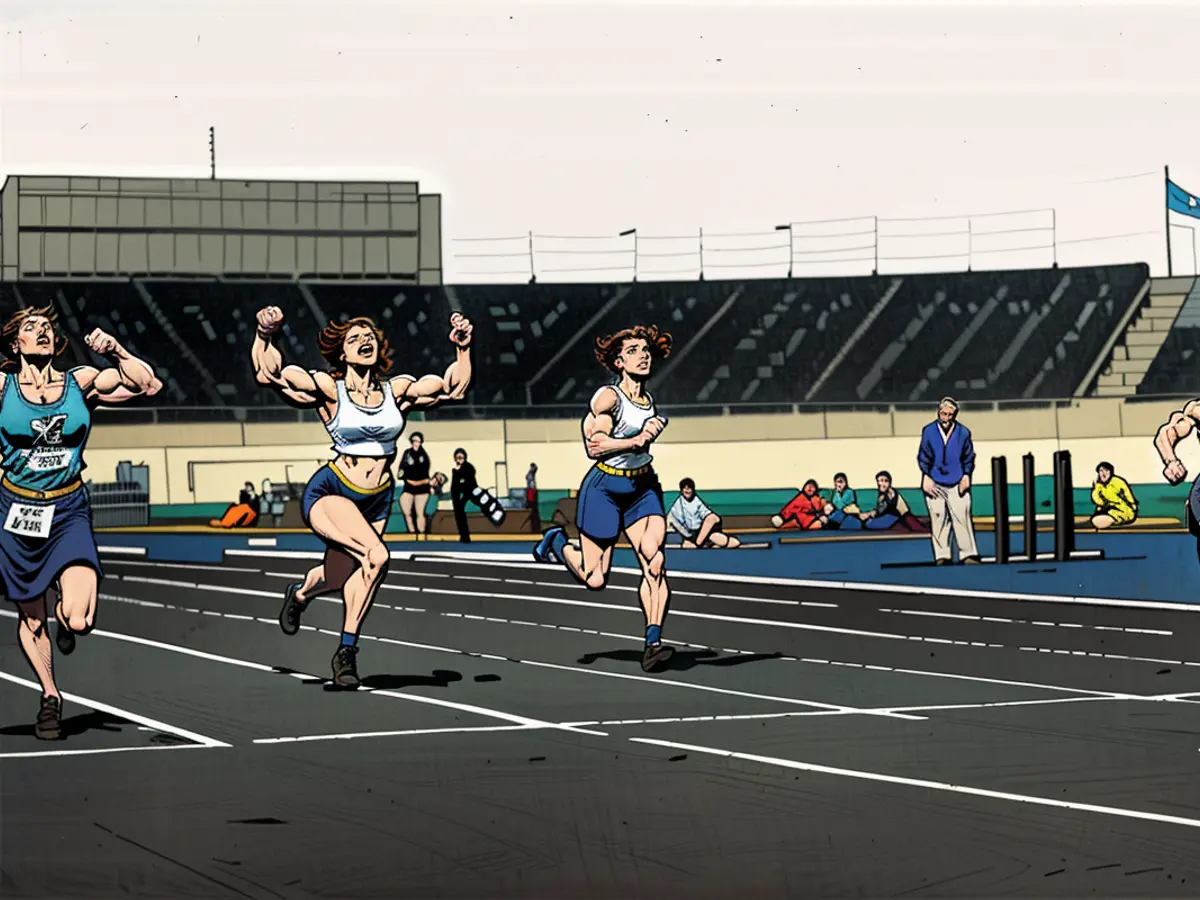

“Athletes didn’t use to wear athletic apparel — the clothes were quite elegant,” explained Dobriana Gheneva, a professor at the Fashion Institute of Technology in New York and an apparel designer who has worked for Nike, The North Face and Reebok. “Over the decades, the apparel became more and more technical... and sometimes that means adding fabric, sometimes that means eliminating fabric, for comfort and ease of movement.”
Female Olympians wore simple tees and shorts on the track for decades once they were permitted to join the Games, but in the 1960s fabrics got progressively tighter and hemlines higher. In the 1980s, brief and bikini styles were popularized, and today, tight-fitting shorts, tights, singlets, leotards, vests, t-shirts, crop tops and briefs in sweat-wicking and breathable performance fabrics all promise little drag — and the accentuation of runners’ muscular builds.
“If you look good, you have confidence and it probably does help you quite a bit with the performance,” Gheneva said.
That’s a sentiment that became apparent through the iconic fashion and nails of the fastest woman in the world, Florence Griffith Joyner, and her successors today, including Richardson, who is making her first Olympic appearance.
“We glam up, like we put it on, we step forward, we’re ready no matter what. Look good, feel good, do good. That all relates to the mental aspect, the emotional aspect, and ultimately the physical,” she told Vogue for her cover story in July.

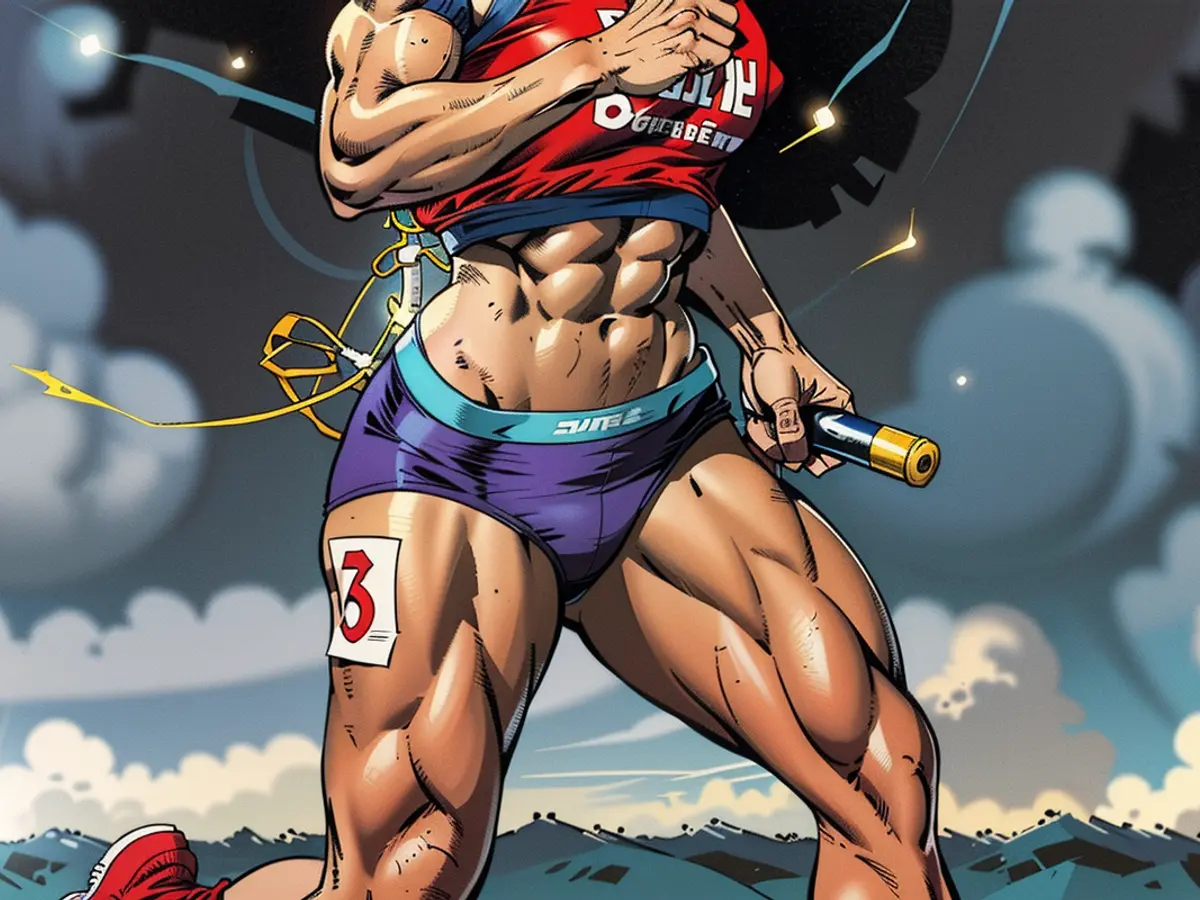
Some of Griffith Joyner’s most famous looks include the red and white hooded, belted, high-cut leotard that she wore to win multiple gold medals in 1988, as well as one-legged catsuits later emulated by Serena Williams on the tennis court. In 2000, Australian runner Cathy Freeman also took notes from Flo-Jo’s style when she wore a full-coverage, hooded Nike Swift Suit — a major departure from her competitors — which was said to reduce her drag by 5-10%, perhaps factoring into her triumphant 400m win.
“It was one of the first, if not the first, garments that was tested in a wind tunnel,” Gheneva said.
But more fabric hasn’t caught on since then for women track athletes; instead, the reverse has trended. And though high cuts can be a leggy confidence boost for athletes at their peak physical form, the differences from men’s kits are glaring. Gheneva acknowledges that athletes should have options for what makes them most comfortable, but said skin-baring designs can walk a “fine line.”
“Why do female uniforms have to be more revealing than male uniforms?” she asked. “We should be beyond that at this point.”
The debate around appropriate athletic attire continues, as evidenced by the reaction to Nike's revealing women's leotard for the 2024 Paris Olympic Games. Fashion influencer Lauren Fleshman cited "patriarchal forces" as a potential reason for the design.
In discussions about Olympic fashion, the style and function of athletic apparel are often intertwined. As Dobriana Gheneva, a professor at the Fashion Institute of Technology, explained, the evolution of athletic wear has seen fabric choices and cuts shift over time to enhance comfort and movement while also affecting the perception of performance.
